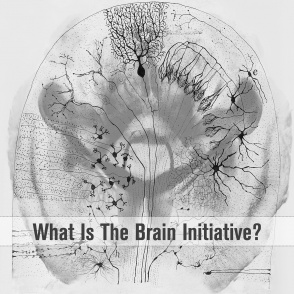Blog
This is the repository for all things C2ST. You can learn with videos of our past events, read articles concerning cutting-edge research and development in Chicago and elsewhere that will change our lives, check out C2ST in the news, and more! Use the Filter Media options below to browse C2ST’s content and discover something new!
We graciously thank The Brinson Foundation for their generous sponsorship of the C2ST Science Communication Internship in 2021-2024. As a result, an incredibly talented group of diverse STEM undergraduate and graduate scholars at area colleges and universities researched and developed over 100 blogs.* Enjoy-If you like, please share!
*As of 10.25.24
Filter Media
Women in STEM: Connect 2015
PANELISTS:
Mary Bauer is the Head Brewer of the Lagunitas Brewery in Chicago, IL. She grew up in Aurora, IL and graduated from Waubonsie Valley High School. Mary studied Chemistry and Food Science at the University of Illinois. She started her brewing career at Anheuser Busch InBev in their Research Pilot Brewery. She also spent three years at their Cartersville, GA brewery. Recently, Mary worked for Pepsi in the warehouse and quality departments but wanted to get back to her true passion… beer! Continue reading “Women in STEM: Connect 2015”
A Picture is Worth 1000 Words — Teaching Science With Comics, with MK Czerwiec
For resources used in this presentation and more, please visit www.comicnurse.com/sciencecomics
Graphic narratives—also known as comics—are increasingly being used to unpack complex concepts and experiences. Despite the stigma of being thought of as juvenile reading matter (and not ‘real reading’ at that), comics actually have a long history of addressing complex topics. Continue reading “A Picture is Worth 1000 Words — Teaching Science With Comics, with MK Czerwiec”
Failure: Why Science is so Successful
Those who practice science know that research is full of wrong turns, cul-de-sacs, mistaken identities, false findings, errors of fact and judgement, and only the occasional success. Firestein, the author of the highly praised Ignorance, argues that the view that science is infallible originates in an education system that teaches nothing but facts and is proliferated by media who report on discoveries but almost never on process. Continue reading “Failure: Why Science is so Successful”
Annals Graphic Medicine – The Last Ride of Mo Rosenzweig
Originally published at: http://annals.org/aim/fullarticle/2473517/annals-graphic-medicine-last-ride-mo-rosenzweig
http://annals.org/aim/fullarticle/2473517/annals-graphic-medicine-last-ride-mo-rosenzweig
Rethinking the BRAIN

By Julia Turan
BRAIN. No longer just a word to describe the three-pound hunk inside your skull. As of April 2013, “BRAIN” is also a White House initiative- Brain Research through Advancing Innovative Neurotechnologies. What exactly are researchers hoping to discover and how are they going about this? Chicago Council on Science and Technology hosted a panel discussion on the BRAIN Initiative this fall, and in it they set out to tackle these questions, and consider the current landscape of neuroscience research.